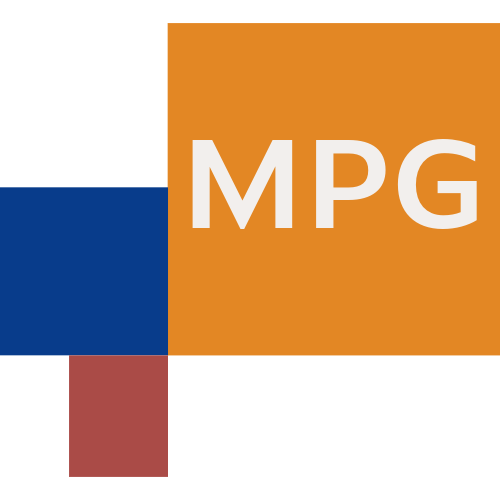menu
menu
Menu
cancel
- arrow_back_iosBacknavigate_nextpersonPersonal
- groupCommunities
- articleBlogs
- eventEvents
- sourceTemplates
- question_answerQuestions
- schoolLearning
- business_centerBusiness
- live_helpFAQ
What strategies can professionals use to identify and pursue opportunities for skill enhancement and career growth within their current roles?
In what ways can human factors, such as employee behavior and insider threats, contribute to cybersecurity risks, and what strategies can be implemented to minimize these risks?
What are the potential impacts of emerging technologies, such as the Internet of Things (IoT) and artificial intelligence (AI), on increasing cybersecurity risks, and how can these risks be managed?
How can organizations effectively identify and assess their cybersecurity risks to prioritize resource allocation for risk mitigation?
3. **What role do AUC-ROC and confusion matrices play in assessing model performance, and how can they provide insights into potential improvements for a predictive model?
2. **How can performance metrics like Precision, Recall, and F1-Score be used to interpret the quality of a binary classification model, especially in imbalance datasets?
**What are the key performance metrics to evaluate the effectiveness of a machine learning model, and how do they differ based on the type of problem (classification vs. regression)?
What role does data analysis and evidence-based research play in shaping policy development, and how can policymakers ensure that policies are informed by the most current and relevant information?
How can policymakers balance competing interests and priorities during policy development to ensure that policies are equitable, sustainable, and address the needs of diverse communities?
What are the key steps involved in the policy development process, and how can stakeholders be effectively engaged at each stage to ensure the creation of comprehensive and impactful policies?
